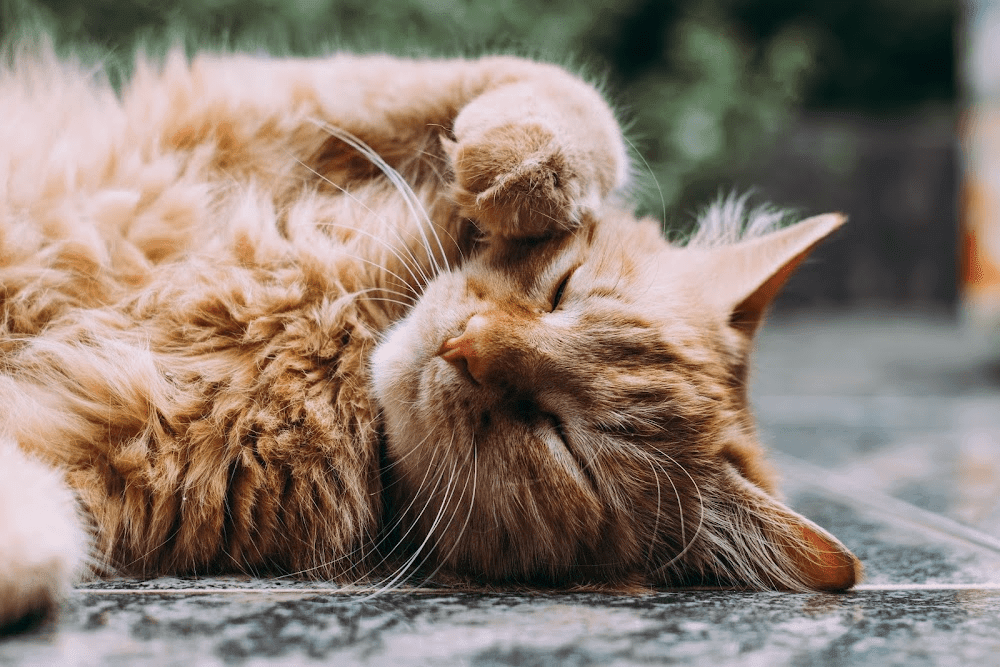CATS - CONSENT TEST

Many cats appear to be unpredictable when being patted, one second they are lapping it up and enjoying it, the next they are attached to your arm by their claws and teeth!
Cats have 3 times more touch receptors in their skin than we do. So even petting that we consider light is quite an experience for your cat.
Most cats let us know when they have had enough, we just don’t speak cat very well and often miss them telling us to stop.
Cat body language can be very subtle. Small adjustments in whiskers, ears and tail, will indicate if they want you to continue, take a break or stop all together.
Be a master of your cats’ body language and notice the small things. As with all things in the feline world, subtle changes make a big difference, so don’t assume your cat is in for a long session just because they approached you!
We encourage you to practice the CONSENT TEST with each and every interaction:
Let your cat come to you.
Offer the back of your hand to the cat, if they smell your hand or move towards you, go ahead and try one stroke (many cats prefer the back of your hand and find it less threatening)
PAUSE: take a break of at least 5 seconds and watch your cat carefully. If they are neutral or move away slightly, STOP!
If they move towards you: repeat steps 2-3.
By stopping at step 3, your cat will learn to trust that you will not overwhelm them and be happier to hang around some more. It is a trusting relationship you are building.
What else can you do?
Create positive associations: Teach the cat that being touched by you means that good things happen, so provide yummy treats for each pat.
Smell – let the cat smell you! Use lavender!
If you make eye contact, blink and look away (its polite).
Touch from a distance i.e. use a soft paint brush or a feather.
Use a soft cloth to pat with.
More Tips
Positive interactions with people between the ages of two and seven weeks will determine how well a kitten will like people later in life.
Good experiences early in life are more likely to produce a friendly outgoing cat.
The amount of socialisation with other animals as a kitten will also influence how likely they are to accept other animals throughout their lives.
A happy cat will knead and then purr when being stroked by a human
Cats purr continuously as they inhale and exhale.
Purring usually shows contentment, but can also indicate pain!
Cats may reflexively open and close their claws when being stroked, use a cushion or blanket to introduce a safety barrier if this occurs.
The more relaxed you are, the more the cat will relax – remember to breathe

